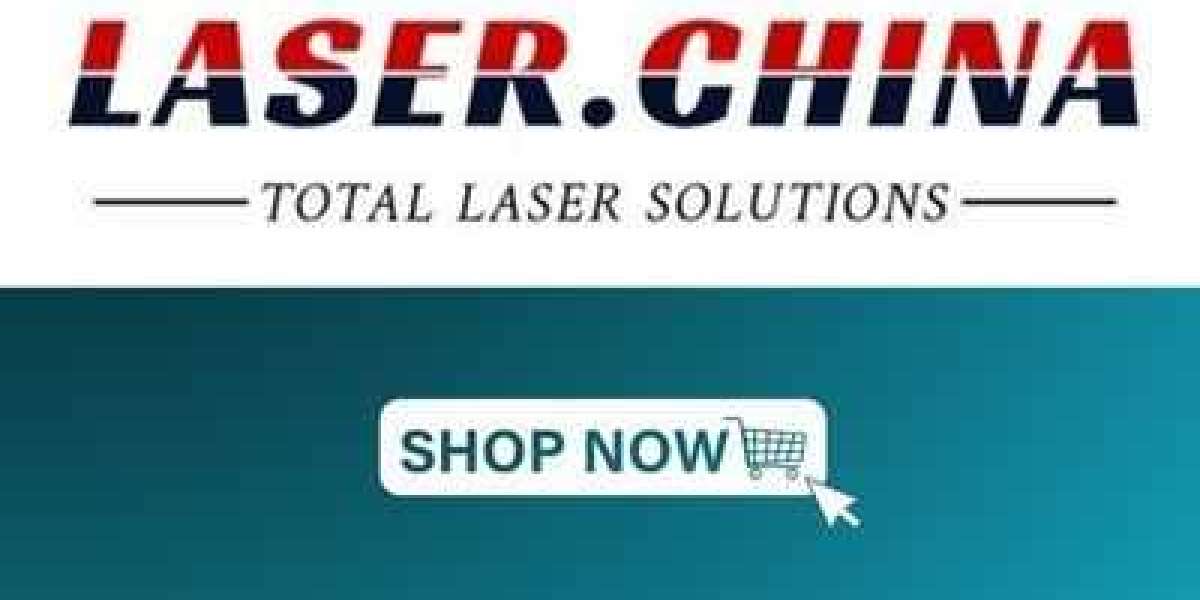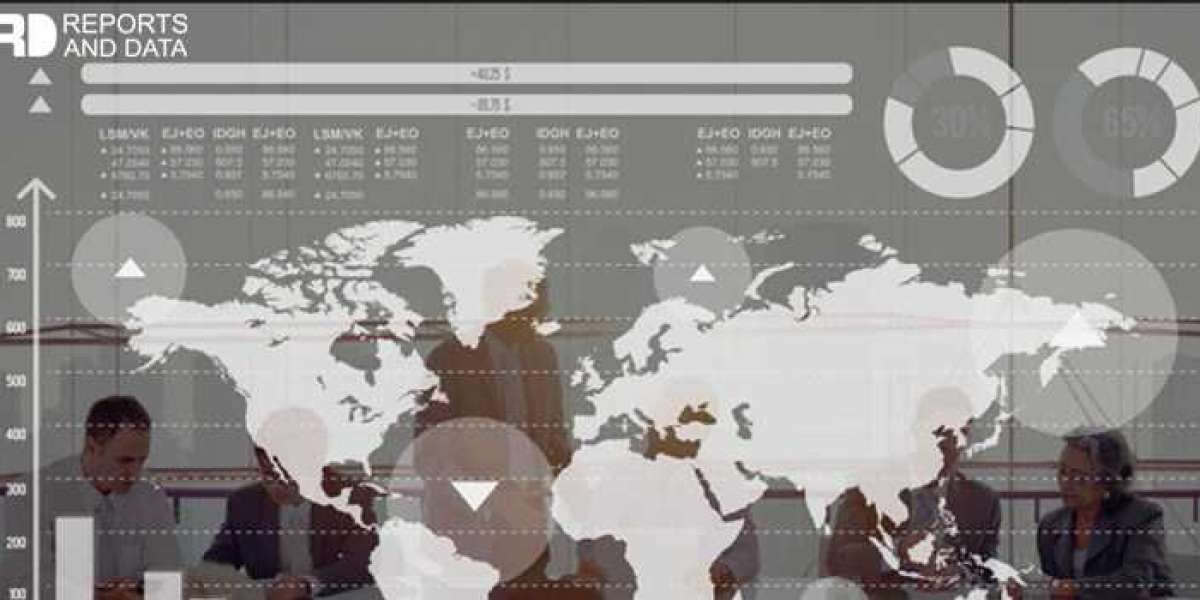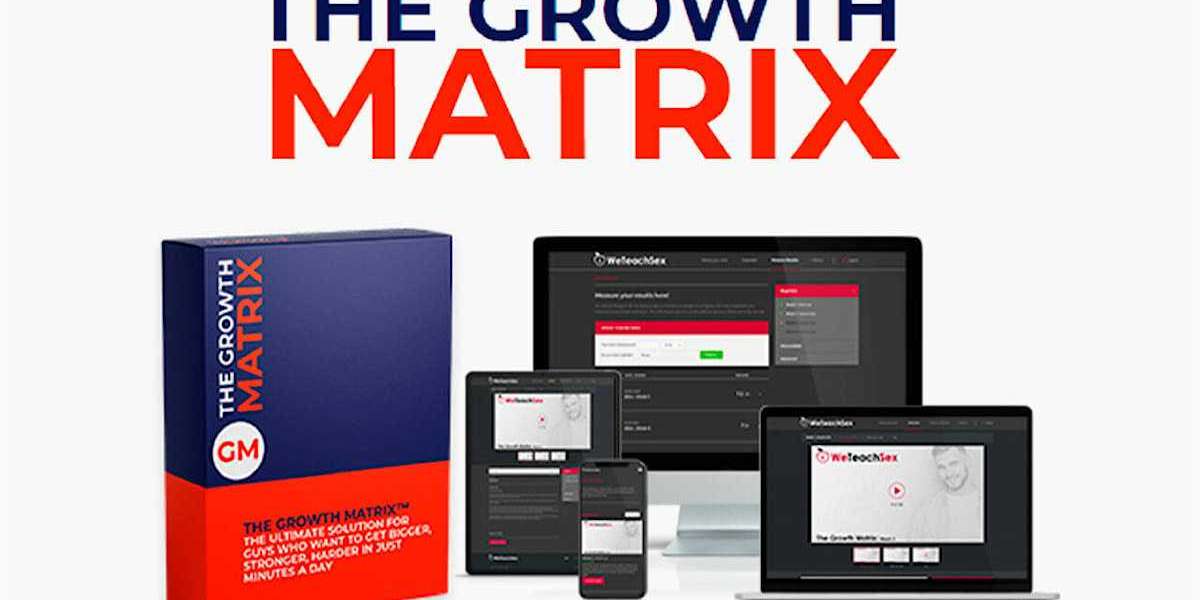Sheet metal laser cutters have revolutionized the metal fabrication industry by offering an efficient, precise, and flexible solution for cutting thin metal sheets. They are preferred over traditional cutting methods such as mechanical saws, plasma cutters, or water jets due to their superior accuracy, speed, and cost-effectiveness. In this answer, we will explore the key benefits of using sheet metal laser cutters and how they enhance the overall efficiency and productivity in metalworking.
1. Unmatched Precision and Accuracy
One of the primary reasons sheet metal laser cutters are widely used is their exceptional precision. The laser beam used in these machines can be focused to a very fine point, allowing for highly detailed and intricate cuts with minimal tolerance. The cutting kerf (width of the cut) is usually much narrower than that produced by other cutting methods. This level of accuracy is critical in industries that require high precision, such as aerospace, electronics, and automotive.
Because of the focused laser beam, the machine produces smooth edges, often eliminating the need for post-processing like deburring or sanding. This not only saves time but also reduces material waste. Laser cutters can produce repeatable results, ensuring that all pieces in a production run have the same high level of quality. This repeatability is crucial for manufacturers producing parts that require strict adherence to specifications.
2. High Cutting Speed and Productivity
Compared to traditional cutting techniques, sheet metal laser cutters operate at much faster speeds, especially when working with thin sheets of metal. For example, fiber laser cutters, one of the most advanced types of laser machines, can cut through materials at several meters per minute, depending on the thickness and type of metal. This high cutting speed dramatically increases productivity, allowing manufacturers to complete large batches of work in a shorter time frame.
Additionally, laser cutters can switch between cutting different shapes and designs quickly, thanks to computer numerical control (CNC) programming. The CNC system automates the cutting process, allowing for quick adjustments without needing to change tools or machine setups manually. This means faster turnarounds, less downtime, and greater production flexibility, which is particularly beneficial in just-in-time manufacturing environments.
3. Material Versatility and Flexibility
Sheet metal laser cutters are highly versatile and capable of cutting various metals, including stainless steel, carbon steel, aluminum, brass, copper, and more. While different metals may require different power settings or cutting speeds, laser cutters can easily adapt to these changes without needing physical tool changes.
Another key advantage is that laser cutters can handle a wide range of thicknesses. While they excel at cutting thin sheets of metal, they can also cut thicker materials (up to 20-30mm in some cases) by adjusting the power output. This versatility means that manufacturers can use the same machine for a variety of applications, reducing the need for multiple cutting systems and further optimizing production processes.
4. Cost-Efficiency and Minimal Maintenance
While sheet metal laser cutters may require a higher initial investment compared to traditional cutting methods, their long-term cost-effectiveness is undeniable. The operational costs of laser cutters are relatively low, particularly for fiber lasers, which are highly energy-efficient. They convert a significant percentage of the input electrical energy into laser light, making them more efficient than other types of lasers, such as CO₂ lasers.
Laser cutters have fewer moving parts, which reduces the need for maintenance and machine downtime. In addition, there are no physical tools (like blades or bits) that wear out during cutting, so manufacturers save on tool replacement costs. Over time, the high productivity, reduced labor costs (due to automation), and low maintenance needs make sheet metal laser cutters a financially sound investment.
5. Minimal Thermal Distortion and Better Material Quality
Laser cutters create a highly concentrated beam of energy, which means that the area affected by heat (known as the heat-affected zone or HAZ) is very small. This is in stark contrast to plasma cutting or other thermal methods, which can cause significant thermal distortion or warping, especially in thin sheet metal. Since the HAZ is minimized, the material retains its integrity, and the risk of warping, stress, or micro-cracks is significantly reduced.
This improved material quality means less scrap, fewer defects, and a cleaner final product. The edges of laser-cut sheet metal are typically smooth and clean, requiring little to no post-processing, which can also save time and resources.
6. Enhanced Automation and Integration
Modern sheet metal laser cutters come equipped with advanced software and automation features that enhance production efficiency. CNC-controlled laser cutters allow operators to input cutting patterns directly into the system, and the machine can execute the design with minimal human intervention. Some systems are even integrated with CAD/CAM software, enabling direct design-to-manufacturing workflows.
Automation features, such as material loading and unloading systems, further reduce manual labor and increase efficiency. This is particularly important in high-volume production environments where labor costs and cycle times must be minimized.
Place your online orders: https://www.laserchina.com/products/
Conclusion
In summary, sheet metal laser cutters provide a host of benefits that make them superior to traditional cutting methods. Their precision, high cutting speed, versatility, cost-effectiveness, and ability to produce high-quality cuts with minimal post-processing make them invaluable in modern metal fabrication. By incorporating a laser cutter into production workflows, manufacturers can significantly enhance their productivity, reduce costs, and maintain a high standard of quality in their products.








